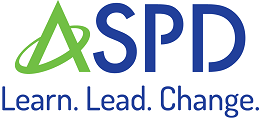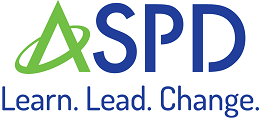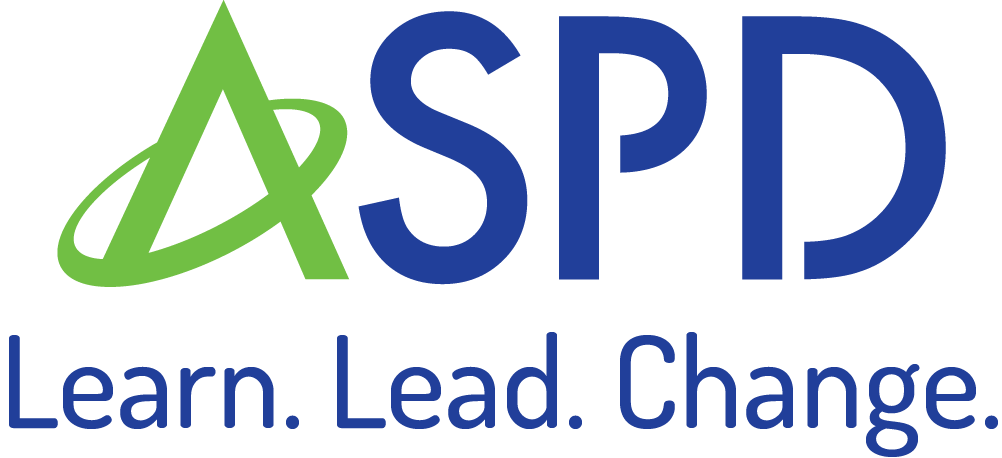K-4 Classroom Scenarios
These scenarios provide educators with school-based examples to create greater cultural awareness, understanding, and responding to differences.
Through discussion and reflection, individuals and whole staffs can develop greater awareness about their strengths and weaknesses in responding to differences, set goals for growth, and develop strategies to improving cross-cultural interactions.
Level 1: Cultural Destructiveness
Title/Scenario
"Speak English Only"
A kindergartener is overheard speaking Spanish with a peer during free play. The teacher says, “That’s not allowed—English only here,” and moves the child to a separate table as a consequence for not "following class rules."
Analysis
The child’s home language is framed as a problem or misbehavior. This is a direct attempt to suppress cultural expression, aligning with cultural destructiveness by erasing a student’s linguistic identity.
Culturally Proficient Response
The teacher receives coaching on culturally and linguistically inclusive practices and participates in professional learning focused on affirming home language use. The classroom adopts a “Language of the Week” feature where students are encouraged to teach peers words from their home languages. The school also updates classroom norms to explicitly state that all languages are welcome and valued.
Reflection
This response demonstrates actively embracing and learning from diverse cultures, viewing diversity as a strength, and contributing to a more inclusive environment by affirming multilingualism as a community asset. Instead of punishing a child for language use, the classroom becomes a space where linguistic diversity is acknowledged, celebrated, and integrated into the daily learning routine.
Level 2: Cultural Incapacity
Title/Scenario
"Wrong Way to Do It"
During a cultural sharing day, a student demonstrates how to eat using chopsticks. The teacher interrupts and says, “That’s not the proper way. Let’s use a fork like we’re supposed to,” then replaces the child’s utensils.
Analysis
The teacher positions Western norms as superior and corrects a student’s cultural knowledge, devaluing the child’s lived experience. This reflects cultural incapacity through subtle yet harmful invalidation.
Culturally Proficient Response
The teacher reflects on the incident with a mentor, then invites the student to re-share their method the next day. The teacher reads a story aloud about different eating traditions around the world and initiates a class discussion. The class creates a chart comparing utensils and dining customs, emphasizing that all approaches have value.
Reflection
This response actively embraces and learns from diverse cultures, views diversity as a strength, and contributes to a more inclusive environment by shifting from cultural invalidation to affirmation. The teacher’s redirection acknowledges student knowledge as valuable and uses it to foster empathy and awareness among peers.
Level 3: Cultural Blindness
Title/Scenario
"We’re All the Same"
During December, the teacher plans only Christmas-themed lessons, assuming that all students participate in the holiday. When a child mentions Hanukkah, the teacher says, “We all celebrate the same things in this class,” and continues with the original plan.
Analysis
This reflects cultural blindness by ignoring or minimizing differences and assuming that sameness equals equity. It silences students whose traditions are not part of the dominant narrative.
Culturally Proficient Response
The teacher surveys families about winter traditions and uses the feedback to develop a "Holidays Around the World" unit. Students share stories, songs, or photos from their family celebrations. Activities are adjusted to reflect multiple traditions equally, and students co-create a classroom holiday mural representing diverse experiences.
Reflection
This response demonstrates actively embracing and learning from diverse cultures, viewing diversity as a strength, and contributing to a more inclusive environment by centering student voice and experience. Celebrating many traditions ensures all students see themselves reflected in classroom culture.
Level 4: Cultural Pre-Competence
Title/Scenario
"I Want to Do Better"
A teacher realizes she frequently mispronounces the names of her multilingual students and struggles to build rapport. She starts asking students to correct her but often forgets.
Analysis
The teacher recognizes a gap in her cultural knowledge and shows willingness to grow. This is pre-competence: the stage of acknowledging one’s limitations and beginning to respond.
Culturally Proficient Response
The teacher invites students and families to record voice messages with correct name pronunciations. She uses these as daily practice and models name respect with the class. The school integrates pronunciation tools into student profiles and includes name pronunciation practice during staff orientation.
Reflection
This response actively embraces and learns from diverse cultures, views diversity as a strength, and contributes to a more inclusive environment by validating student identity and making a public commitment to learning. Respecting students' names honors their heritage and signals that every identity matters.
Level 5: Cultural Competence
Title/Scenario
"Celebrating Multilingualism"
A bilingual second grader is invited to help teach Spanish words during a shared read-aloud. Classroom labels are printed in both English and Spanish, and students use multilingual greetings during morning meetings.
Analysis
This teacher incorporates students’ cultural and linguistic resources as assets in instruction, not as side notes. The classroom reflects intentional inclusivity and mutual respect.
Culturally Proficient Response
The teacher works with the EL specialist to embed multilingual routines into other subject areas. Parents are invited to co-read stories in different languages during family literacy nights. The school library expands its multilingual book collection, curated with input from students.
Reflection
This response demonstrates actively embracing and learning from diverse cultures, viewing diversity as a strength, and contributing to a more inclusive environment by incorporating student language into instruction and family engagement. Language is treated not as a barrier but as a gateway to deeper learning.
Level 6: Cultural Proficiency
Title/Scenario
"Student-Led Culture Day"
Each month, the class hosts a "Culture Spotlight" where a student (with family support) shares games, foods, greetings, or songs from their culture. The teacher uses these experiences to build cross-curricular lessons and invites community members to co-teach.
Analysis
The teacher fully integrates cultural learning into classroom routines, with students as co-creators. Diversity is not just acknowledged—it drives content, relationships, and classroom identity.
Culturally Proficient Response
The teacher documents the Culture Spotlights in student portfolios, links them to curriculum standards, and shares highlights in school newsletters. Other teachers replicate the model. The school establishes a “Cultural Ambassadors” student leadership team to co-plan future initiatives.
Reflection
This response demonstrates actively embracing and learning from diverse cultures, viewing diversity as a strength, and contributing to a more inclusive environment by embedding student culture into the fabric of school life. Students are empowered, families are engaged, and the classroom becomes a model of equity-centered learning.
Save Time
Earn More
Grow Faster
Friendly Support
How do we work
This is the text area for a paragraph describing this service. You may want to give examples of the service and who may be able to benefit from it.

The easy way to start

1.
Register
2.
Choose categories
3.
Choose location
4.
Enjoy!
What People Say About Us



